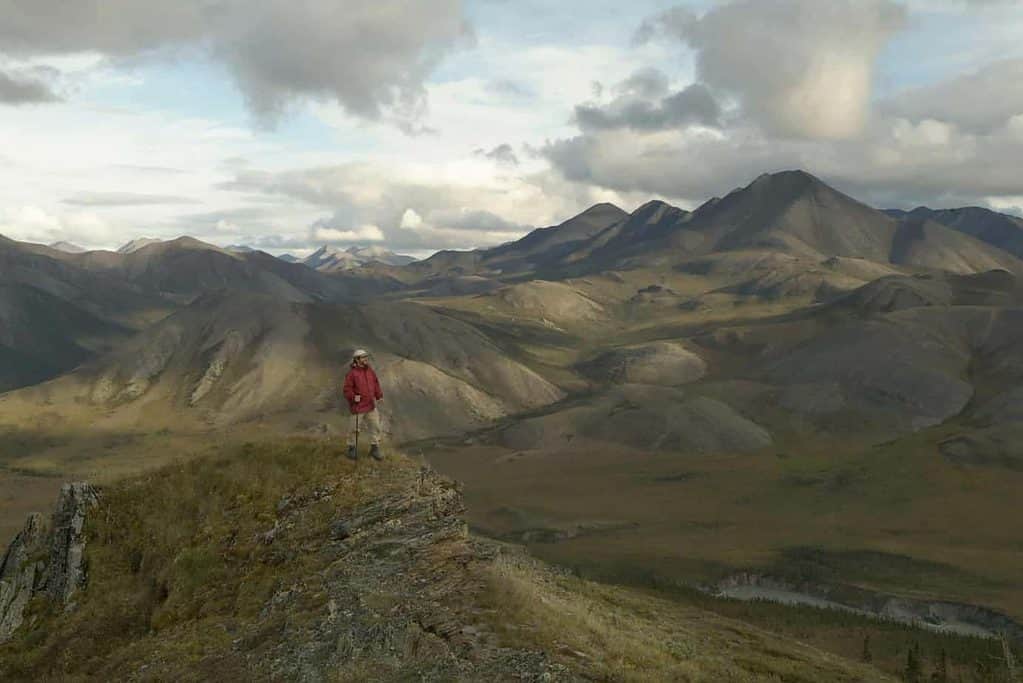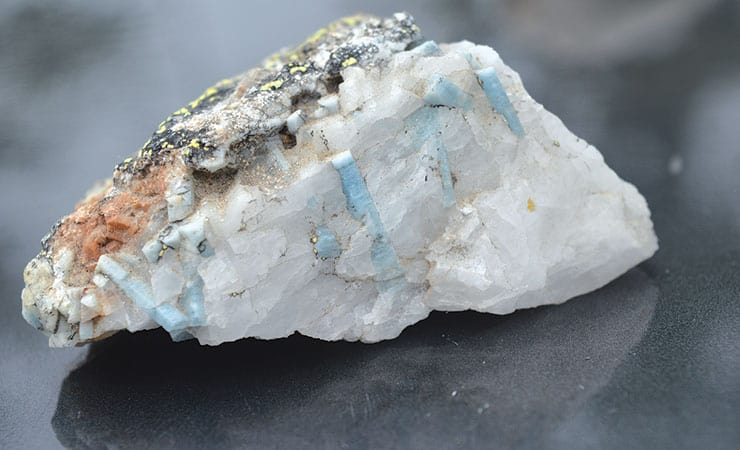
Back in the 50s and 60s, before many of my readers were even born, as a conservation officer I had the pleasure of undertaking many studies on specific wildlife. These included banding waterfowl, tagging and following fish species, partaking in tagging waterfowl, netting and tagging fish, big game management such as flying the winter yards, and aging the harvested big game animals. I also helped with a three-year study of the life cycle of the “King of the Upland Birds,” the Hungarian partridge. But of all these species, the most interesting of all was the Canadian Beaver.
Long before becoming a conservation officer (actually age 12) I accompanied my neighbour who was an explosives expert and took out stumps for people. Together, we blew apart large areas, making way for roads, etc. In my later years as a CO, my experience with dynamite meant I was given the responsibility of removing beaver dams that were becoming a problem in our eastern Ontario district.
He offered me a refreshing drink from his (shall I say) cold tea, if you catch the phrase, but I declined. As our conversation continued, he told me he had already put four sticks of dynamite in the dam under the wooden bridge, but it had not gone off for some reason or the other. I asked him what he knew about using dynamite. “What is there to know?” he asked. “Bang is bang.”
It was clear he knew little if any, about what fuses or caps he should be using, or the number of sticks required to safely remove the dam. I backed my cruiser away from the bridge and radioed the office to tell my boss I would not be blowing the dam under the bridge as instructed. The foreman then got a little upset with me and asked me to give him some dynamite. Of course I asked my boss and, of course, I was told to do so. I opened the trunk and he took four sticks from the box. I handed him a cap and some waterproof fuse and he marched down to the bridge, crawled under it and planted four more sticks in the dam. When he crawled out from under the bridge, he was on my side and his truck was on the other side. He came back to my cruiser, now a safe distance away, and there was one big BANG. We drove up to the creek and got out of the cruiser. I did credit him in removing the beaver dam, but gave him no comments on also removing the bridge.
Of course there were other occasions to deal with beaver dams. Some of the beaver dams that had to be removed were in tough areas to get to, so I would be choppered in to blow the dam. Now I had flown different fixed-wing aircraft and this young chopper pilot stated that fixed-wing pilots were not really pilots as it wasn’t much different from driving a car. Flying a chopper was being a real pilot. Often he did his best flying that small Bell chopper and me into hard-to-access areas. We would land close to the beaver dam, I would do my job of setting the explosives, then climb back into the chopper for the pilot to lift and back away from the dam. Now lifting off and backing away is rather a poor description, as we would almost do a loop, scaring the, well, you-know-what out of me.
Even landing close to the beaver dam guaranteed I would not have a constipation problem, as I thought that the blades of that confounded small Bell chopper would assist the beaver in cutting down the trees. Finally I told the boss I would pack into these remote dams and if I had to camp out overnight, it was worth adding a few more positive years to my life.
Now my wife Lisa tells me she would like to learn how to fly a chopper. Well honey, I love you, I will do the dishes, wash the floors, wash the clothes and cut the lawn, but before you take me up in any chopper and pay me back for some of the minor tricks I played on you, there will have to be two moons in the sky. I shouldn’t even think there could be two moons in the sky as just before I go to bed I peek out the curtain to be sure that could not be possible.




